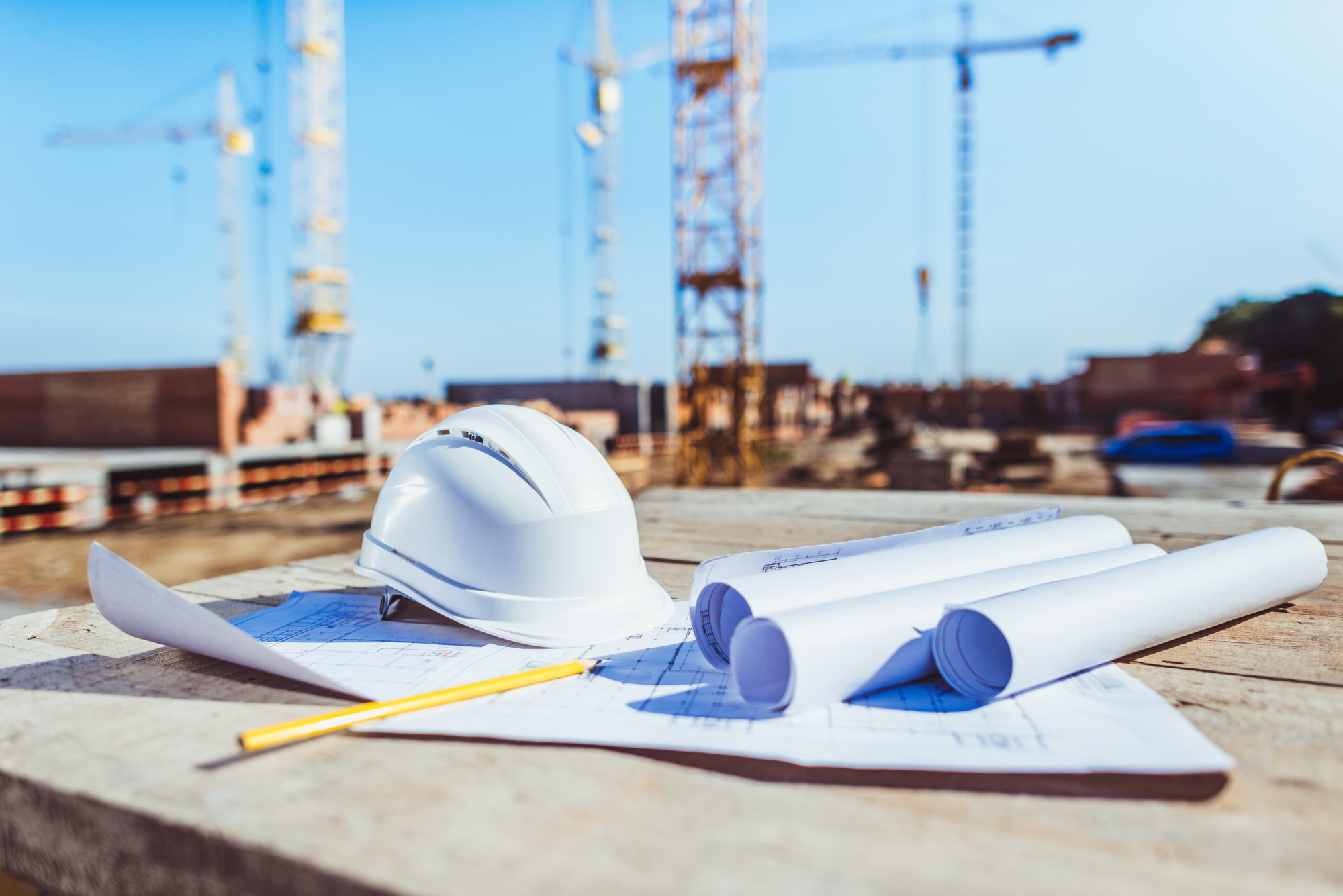From useful applications in manufacturing to epic battles in science fiction movies, lasers have become a mainstream part of our lives. Laser technology has taken a bit longer to impact the construction industry, but 3D laser scanning is preventing mistakes at construction sites.
While laser scanning is not new to most, it is now gaining traction in the construction industry, and according to POB Magazine, the demand for this process has spiked more than 55% in the last year. It was valued at $3 billion in 2016 and is expected to reach $10 billion by the year 2024.
Using Laser Scanning in Construction
Construction site laser scanning captures detailed data and gives you accurate information for every tiny aspect of the site. It gives construction professionals a database that connects points in a 3D coordinate system. Its most significant feature is that it provides you with an extremely accurate digital record of a space or an object as it relates to your project.
Construction site surveyors believe laser scanning will make sure your subcontractors comply with the deliverables in the contract. With the use of comprehensive 3D laser scanning, you have a replica of how your project will look at the time the scan was made, so subcontractors can see what they will need to comply with to complete work on the project. Through this information, fewer mistakes will occur in materials.
With the use of laser scanning, mistakes are minimal and the number of change orders coming from your construction projects is reduced, making the job more efficient and cost productive. Another feature that makes laser scanning more efficient in cutting down mistakes is it can provide more information regarding specific aspects of construction. With this data, you can take corrective action before costly mistakes are made.
How Laser Scanning Prevents Mistakes on Construction Sites
There are many reasons for poor project performance on construction sites, but the most common is inaccurate or incomplete data. A study done on this subject showed more than $177 billion in construction labor costs on non-optimal activities. These activities were performed due to bad data.
One of the ways you can achieve accurate and complete data on your projects is by using 3D laser scanning. This process will create documents in extreme detail, monitor installation during construction and provide data on existing field conditions. Laser scanning is much more accurate than the traditional method of documentation, thus eliminates the margin for errors.
Laser scanning is going to provide you with a complete picture of your project and reduce the risk of unknown issues coming forward as your projects progress. Other benefits of laser scanning over the traditional hand measuring or hand-held laser device methods include:
- Reduction in mistakes because it will eliminate inaccuracies in models and drawings from unreliable or missed data
- Eliminate site visits due to missed information
- Reduce project requests or questions for information
- Reduce missed deadlines
- Stabilize your budget for projects and keep your workflow on track
- Reduce mistakes causing change orders and work stoppage
- Give you accurate data that is typically from 1/4″ to 1/2″
In the construction industry, you want every advantage possible. We all work hard to make our companies stand out from the rest in the eyes of our clients, managers and owners. You do not want your team known as the ones who are not on top of things. Using laser scanning will reduce your mistakes and help you stand out in front of the competition.
Where to Learn More About Integrating Laser Scanning into Your Construction Sites
Preventing mistakes at construction sites with laser scanning can become a reality for your company. Construction Technology Partners (CTP) are specialists in helping you understand new and emerging construction technology. We will help you drive productivity and increase your business. Talk to us about laser scanning and all the benefits this technology will provide your next construction project.

